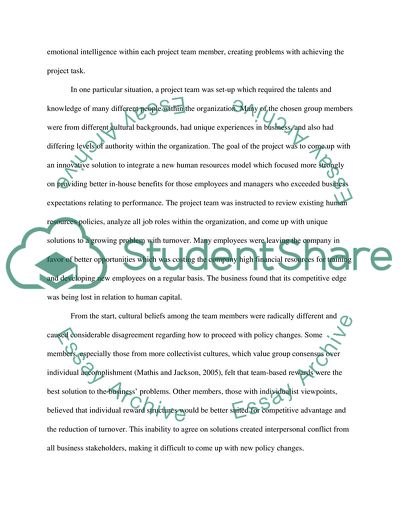Cite this document
(Interpersonal Skills and Conflict Resolution Essay, n.d.)
Interpersonal Skills and Conflict Resolution Essay. Retrieved from https://studentshare.org/psychology/1728999-interpersonal-skills
Interpersonal Skills and Conflict Resolution Essay. Retrieved from https://studentshare.org/psychology/1728999-interpersonal-skills
(Interpersonal Skills and Conflict Resolution Essay)
Interpersonal Skills and Conflict Resolution Essay. https://studentshare.org/psychology/1728999-interpersonal-skills.
Interpersonal Skills and Conflict Resolution Essay. https://studentshare.org/psychology/1728999-interpersonal-skills.
“Interpersonal Skills and Conflict Resolution Essay”, n.d. https://studentshare.org/psychology/1728999-interpersonal-skills.


